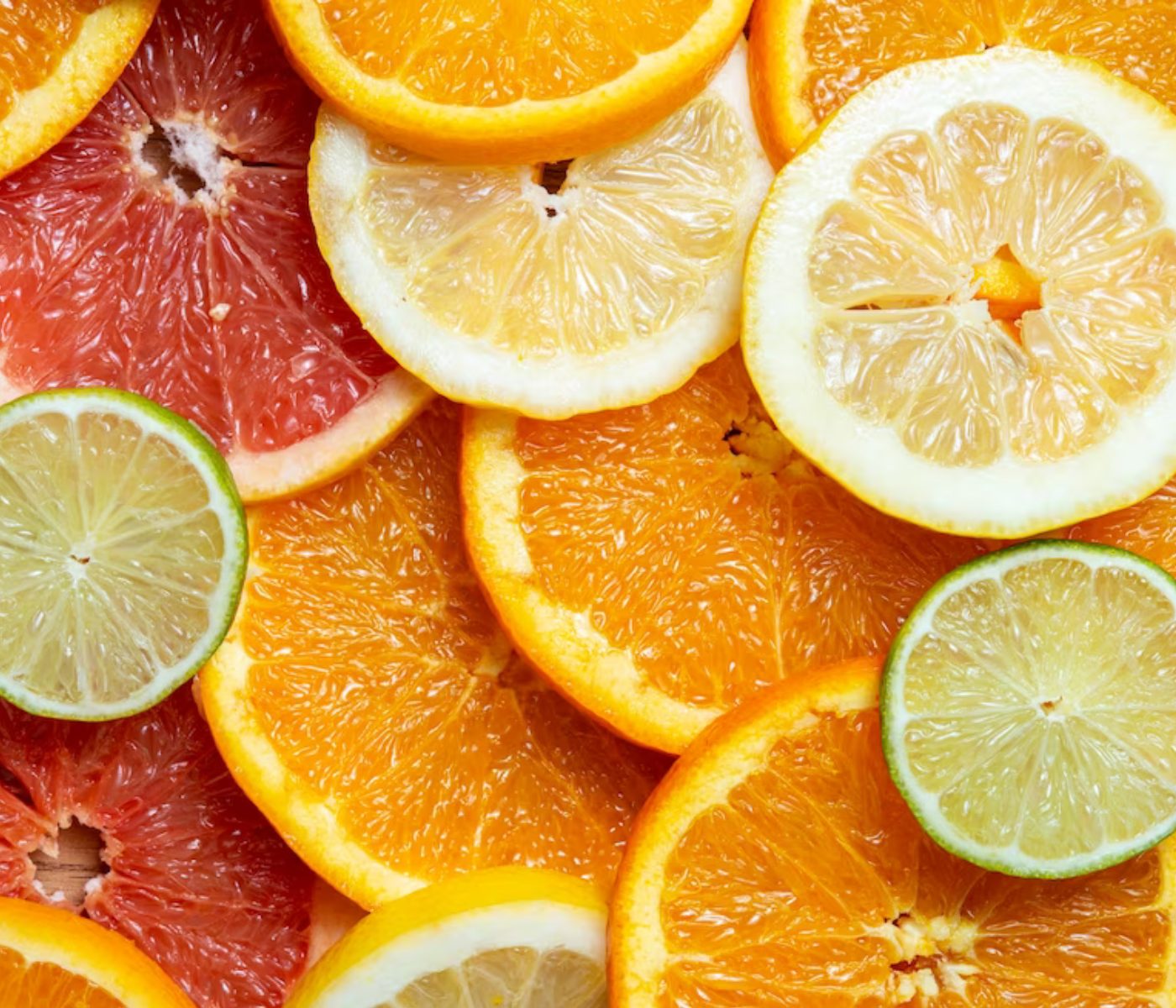 17 Oct 2023
17 Oct 2023
Definition & classification
Citrus pulp is the byproduct obtained following the extraction of juice within the industry.
The term “citrus” encompasses a variety of fruits belonging to the Citrus genus:
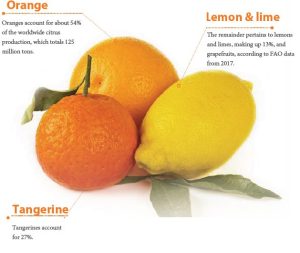
Spain is the sixth-largest citrus producer in the world, with an annual production of between 6 and 7 million tons, dedicating around 25% of its production to the juice industry (Asozumos, 2018).
In the production of citrus juices, 30-50% of the weight of the processed fruit consists of waste, which includes:
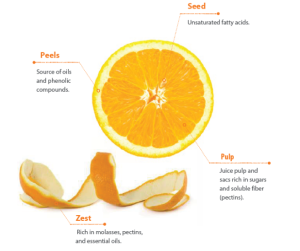
Its availability in fresh form (with moisture content exceeding 78%) is confined to regions in proximity to the juice extraction facilities. Consequently, dried citrus pulp is imported from the USA (primarily Florida), Brazil, and Morocco.
Citrus pulp is cataloged as a raw material for animal feed in accordance with EU Regulation 2017/1017, appearing under categories 5.1.3.1 and 5.1.3.2 (when dried), and is subject to a mandatory declaration of crude fiber, without a set maximum limit.
Procurement process
1. WASHING
The process of extracting juice commences with the fruit being washed to eliminate leaves, dirt, and peel oils that may contain pesticide residues.
2. SEPARATION OF OILS AND PEEL
In the initial phase, essential oils are separated from the peel, particularly the highly bitter d-limonene, by pressing the entire fruit.
3.JUICE EXTRACTION
Subsequently, incisions are made in the peel to extract the juice.
4. PULP SEPARATION
This entry will be continued on a subsequent publication…
Subscribe now to the technical magazine of animal nutrition
AUTHORS
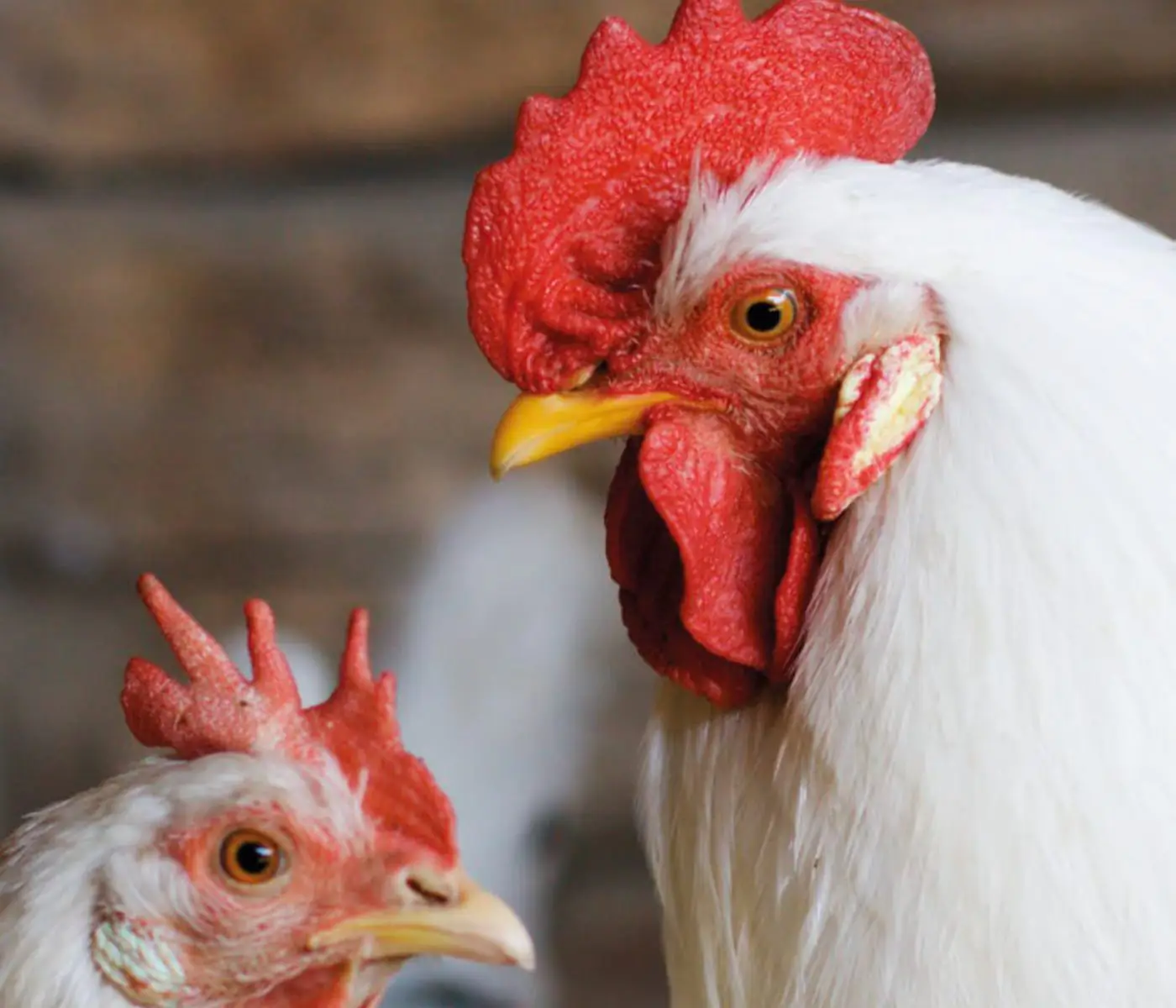
Nutritional Interventions to Improve Fertility in Male Broiler Breeders
Edgar Oviedo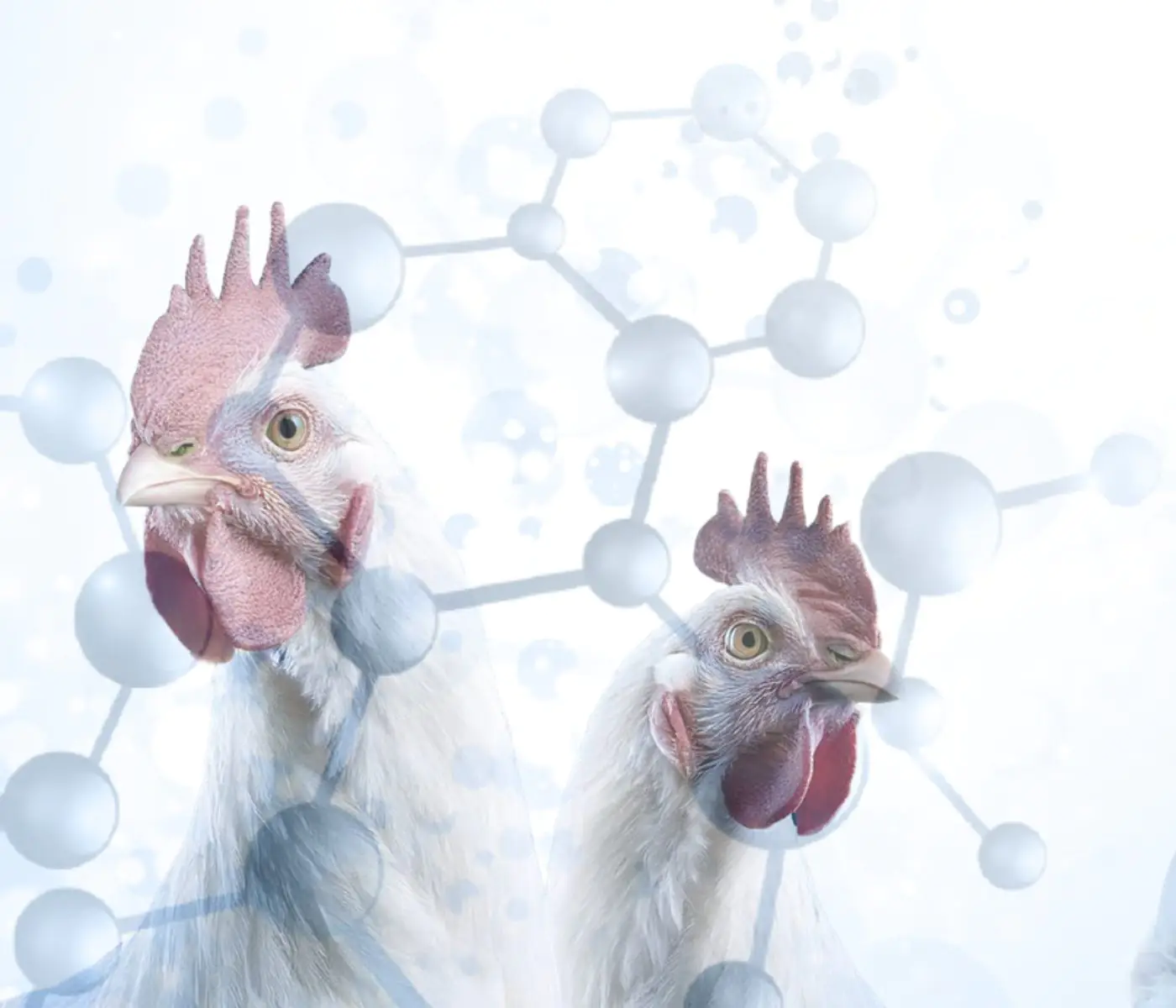
The Use of Organic Acids in Poultry: A Natural Path to Health and Productivity
M. Naeem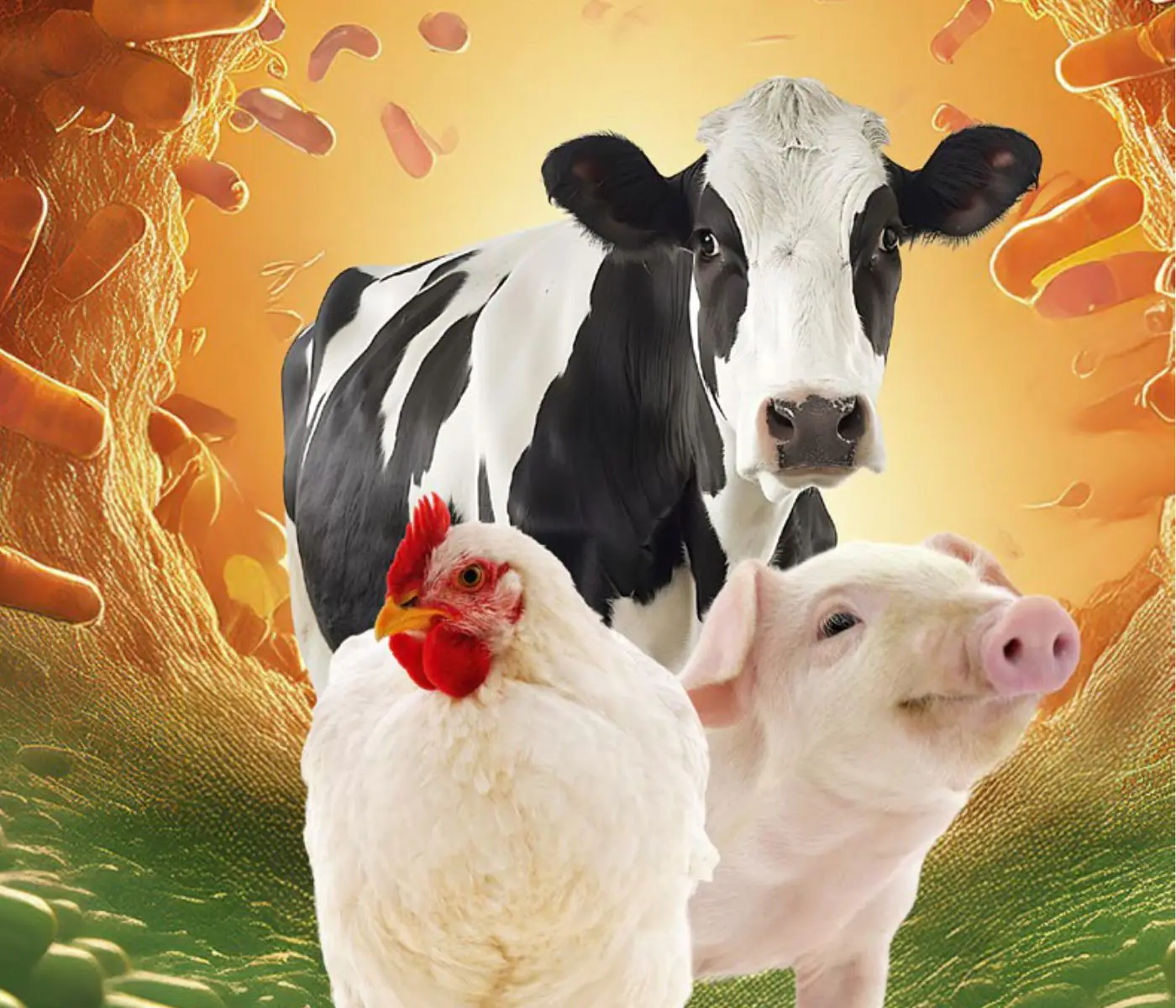
Synergistic Benefits of Prebiotics and Probiotics in Poultry, Swine, and Cattle
Gustavo Adolfo Quintana-Ospina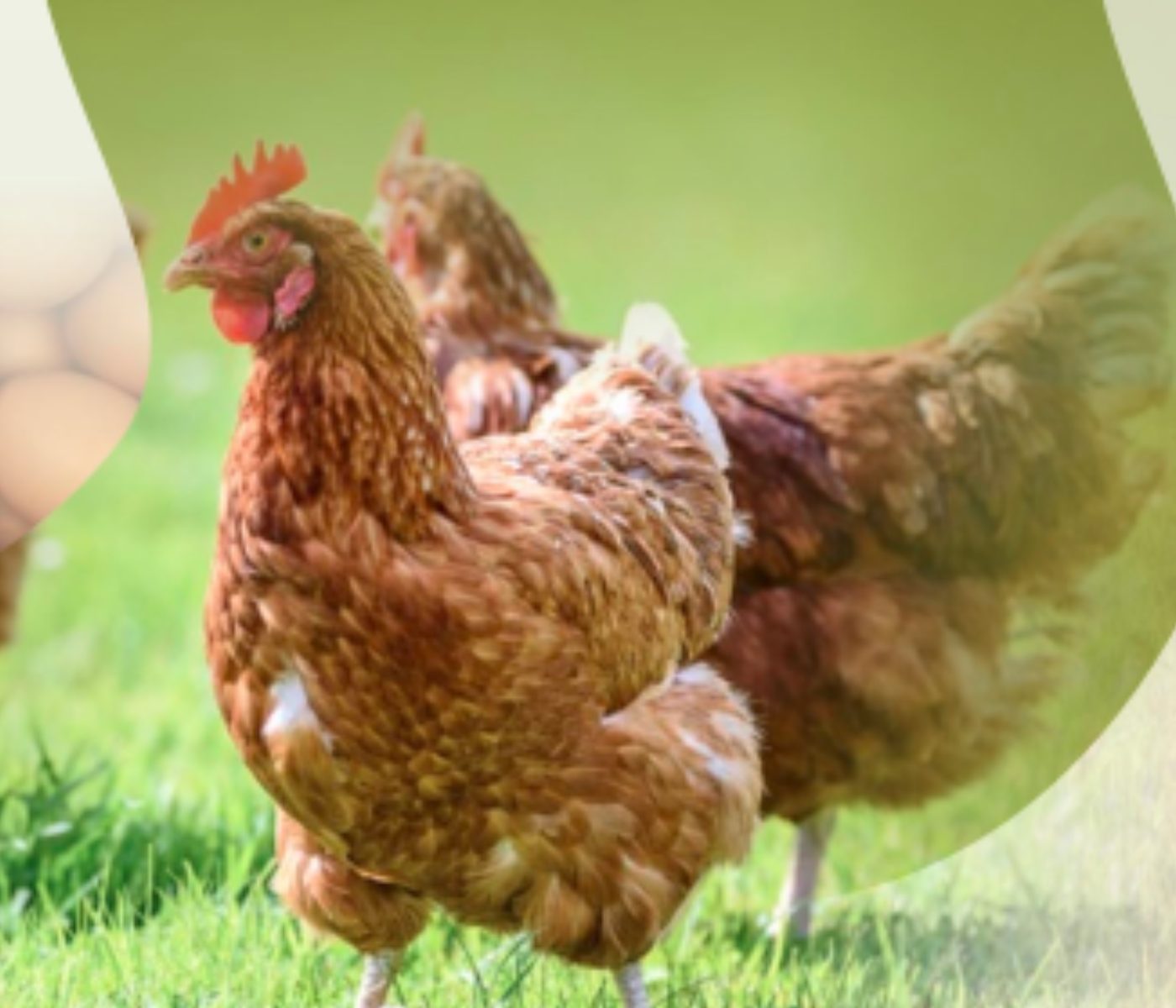
Hybrid Rye Potential in Laying Hen Feed Rations
Gwendolyn Jones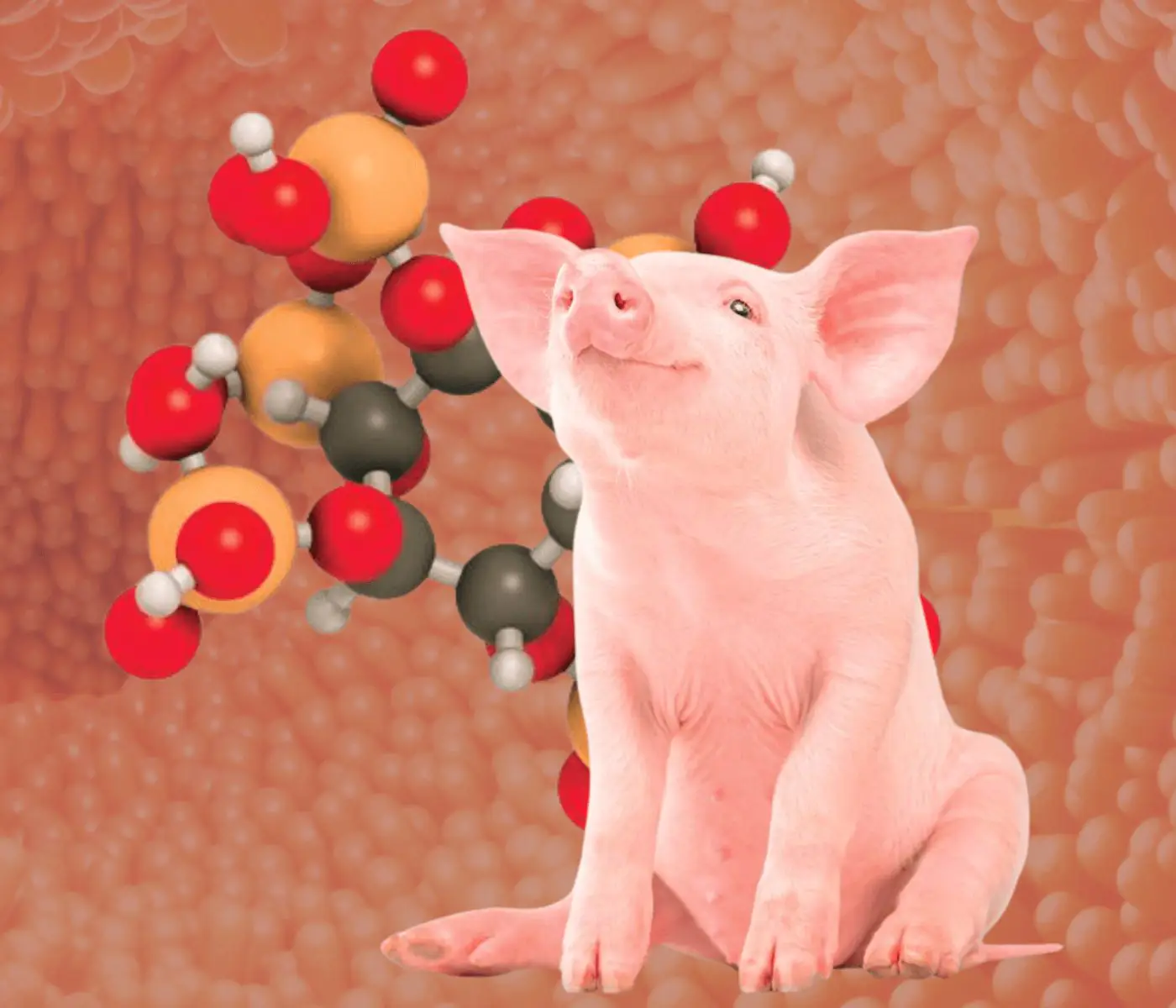
A day in the life of phosphorus in pigs: Part I
Rafael Duran Giménez-Rico
Use of enzymes in diets for ruminants
Braulio de la Calle Campos
Minerals and Hoof Health in the Pregnant Sow
Juan Gabriel Espino
Impact of Oxidized Fats on Swine Reproduction and Offspring
Maria Alejandra Perez Alvarado